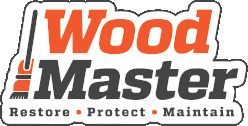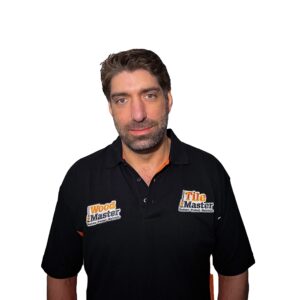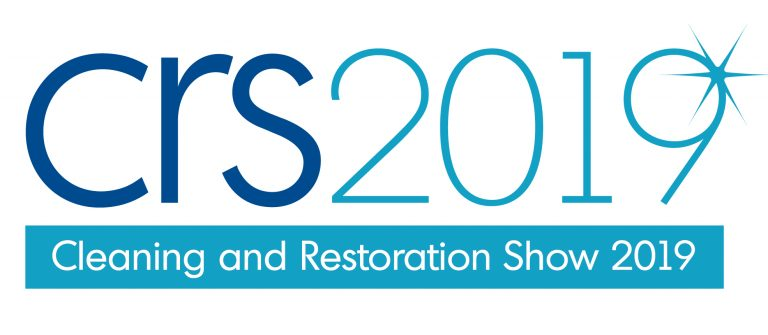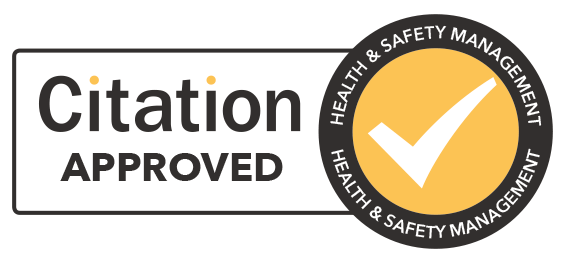Solid hardwood flooring usually has a pre-finish so it is ready for use as soon as it is fitted. However, in areas that experience many spills or foot traffic, it is recommended that an extra coat of lacquer is applied.
Regular wood floor cleaning with TileMaster Ponteland
You can protect your wooden floor with day-to-day maintenance like vacuuming and sweeping. Wood floors need to be mopped occasionally too. If your wood floors have a large surface area, the TileMaster 40 machine or the TileMaster Scrubber dryer machine could be the best option. TileMaster Cleaner No. 1 solution is also recommended if there is a lot of dirt to remove from the surface of a wooden floor. This solution can be mixed with water or added to the scrubber dryer.
Any floors that have been re-lacquered recently should not be cleaned for at least 3 days (72 hours).
Important information if using water
If using water for cleaning, try to use as little as you can. Make sure that your mop is well wrung out as any excess pools can result in water damage including swelling.
Light restoration
If your wooden floor has lost its shine you can use our specialist refresh product to repair minor scratches and marks. For more heavy damage, we can carry out a gentle sand with a mesh disk and top up the lacquer. This will restore dull-looking surfaces and it protects the floor from when it was first sanded.
Long-term wood floor maintenance tips
Over time, the lacquered surface will become faded and more dull. In this case, the floor should be cleaned with care, gently sanded and then coated again with lacquer. The length of time between maintenance coats should be determined by the amount of traffic the floor endures.
If the floors are in high traffic commercial areas such as shops and restaurants, those will require resealing more frequently than those in homes. You should make sure the floors are resealed before the lacquer wears through to the bare wood beneath. A regular inspection during cleaning and maintenance will help to ensure this.
Wood floor protection methods and tips for our customers in Ponteland
Felt pads on furniture
One of the main causes of damage and scuffs on wooden floors is furniture dragging. You can avoid damage by putting felt pads on chairs and sofa legs. These pads will not last forever, so remember you will have to replace them occasionally. For office chairs, try using plastic mats to minimise wear and tear.
Barrier mats
A high-quality barrier mat is a great way to stop dirt, grime, water, and grit from damaging your wood floors. Mats should be the correct size, shape and type to suit the type of building and the number of users.
Stain removal tips for wooden floors
You will find that it is a lot more difficult to remove dry stains than it is to deal with fresh spillages. Always make sure that you clean any spillages and stains as soon as you can.
For spillages such as juice, milk, cream, tea, soft drinks, wine, beer, and coffee:
You should clean this type of spillage with Cleaner No.1 and Bug Kit.
For grease, oil, chocolate, shoe polish, and scuff marks from shoes:
Try and remove these stains with Cleaner No.1 and Bug Kit.
For ink or lipstick:
You can remove these stains with Cleaner No.1 and Bug Kit.
How to prevent slips and trips
Junckers floor will have slip resistance if it is professionally maintained and installed. However, spillages will always make the floor slippery. To minimise the likelihood of an accident you should clean up spills immediately.
Using adhesive tape and masking materials
When using tapes and masking materials we recommend the use of low-tack tapes. The adhesive on tape can have a very high tack value, which can damage the protective layer of lacquer if you remove the tape too quickly.























